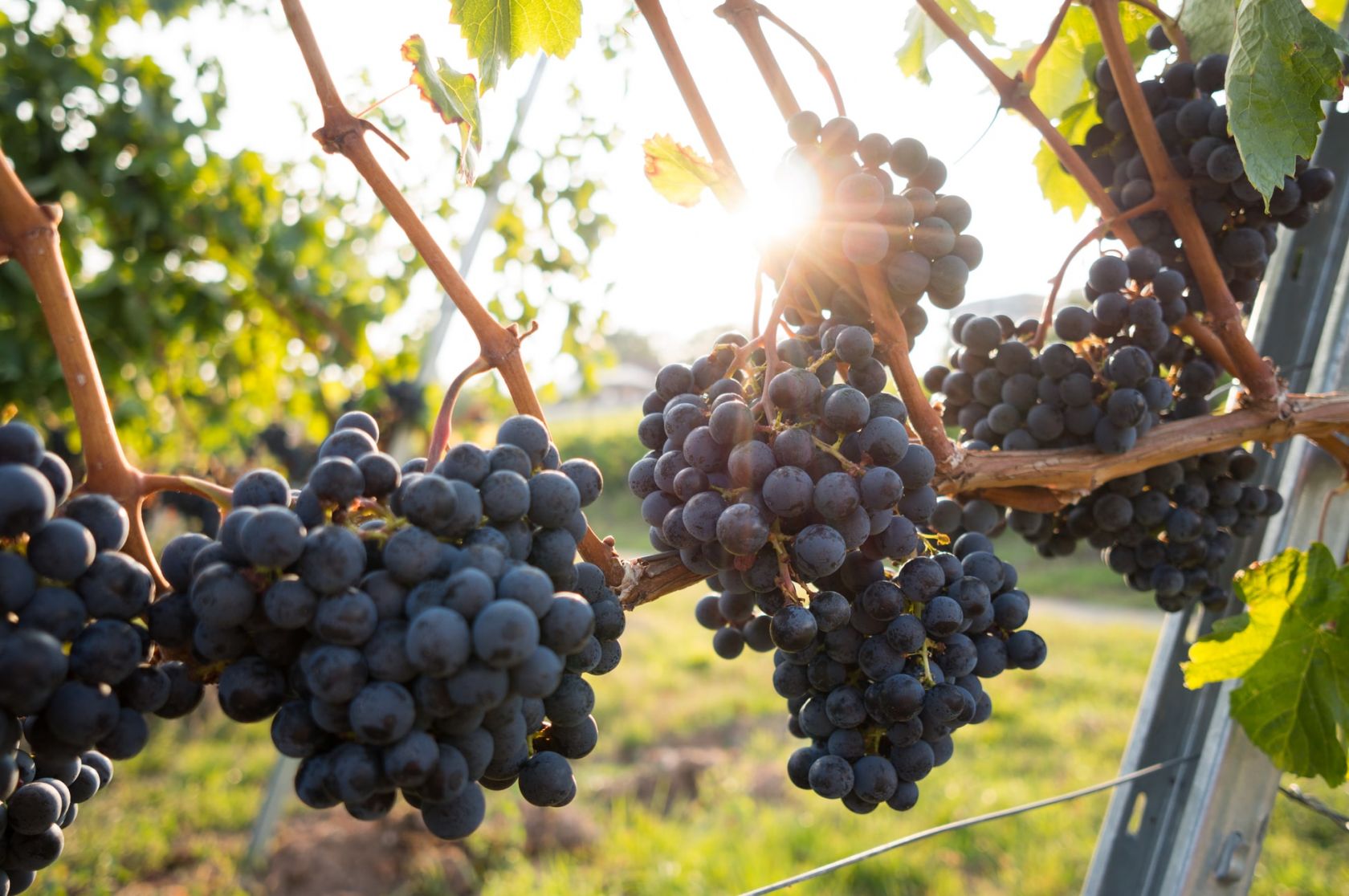It was during this medieval period that the Dão region was known as "Terras de Besteiros", as they were responsible for protecting the royal estates. At the time, monasteries played an important role in the development of viticulture in the Dão region, being responsible for growing vines and producing wine.
In the 19th Century, some significant changes occurred in Dão wine production. With phylloxera, a plague that devastated vines in Europe, many wine-growing regions suffered from the destruction of their plantations, as we have already mentioned in previous articles. However, the Dão region was less affected compared to other areas, which resulted in increased wine production in the region.
From the 20th Century onwards, the Dão region underwent a period of renewal and modernisation of viticulture. It was in 1908 that the Dão region was officially demarcated and established as a demarcated wine region, with the creation of the Dão Wine Commission. This demarcation aimed to guarantee the quality and authenticity of the wines produced in the region.
The history of Dão wine is a mixture of tradition, culture and evolution over the centuries. It is a region that has been able to preserve its viticultural heritage, producing quality wines that reflect the region's unique soil.
In later years, the Dão region faced challenges such as competition with wines from other regions and periods of economic crisis. However, the quality of Dão wines started to be recognised again in recent decades, and the region has gained prominence in the national and international market.
Dão is one of Portugal's demarcated wine regions, located in the centre-north of the country. It is known for producing quality red wines, although it also produces white and rosé wines.
Currently, Dão wine is appreciated for its elegance, balance and ageing capacity. Producers have invested in modern winemaking and vineyard management techniques, seeking to preserve tradition and regional identity.
Dão has a continental climate, with hot, dry summers and cold winters. The vineyards are located at high altitudes, generally between 400 and 700 metres above sea level, which contributes to a greater thermal amplitude and positively influences the ripening of the grapes. These climatic conditions allow the grapes to ripen gradually, resulting in wines with good acidity, balance and ageing potential.

The main red grape varieties grown in the Dão region include Touriga Nacional, Tinta Roriz (also known as Aragonez), Alfrocheiro Preto and Jaen (also known as Mencia). These grape varieties provide elegant red wines with complex aromas of red fruits, spices and floral notes.
For Dão white wines, the most commonly used grape varieties are Encruzado, Bical, Cercial and Malvasia Fina. Dão white wines are generally fresh, with good acidity and present citric notes, tropical fruit and some minerality.
In short, the Dão region is renowned for the production of elegant red wines and fresh white wines. Its continental climate, high altitudes and native grape varieties contribute to the uniqueness of the wines, which have won over connoisseurs around the world.
Paulo Lopes is a multi-talent Portuguese citizen who made his Master of Economics in Switzerland and studied law at Lusófona in Lisbon - CEO of Casaiberia in Lisbon and Algarve.













